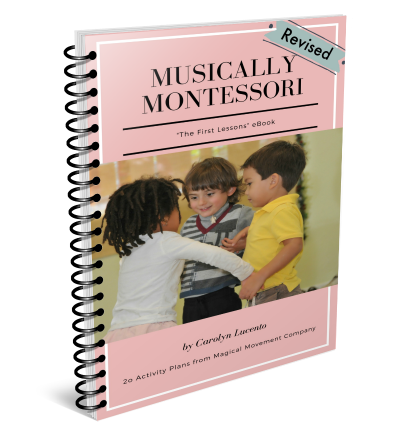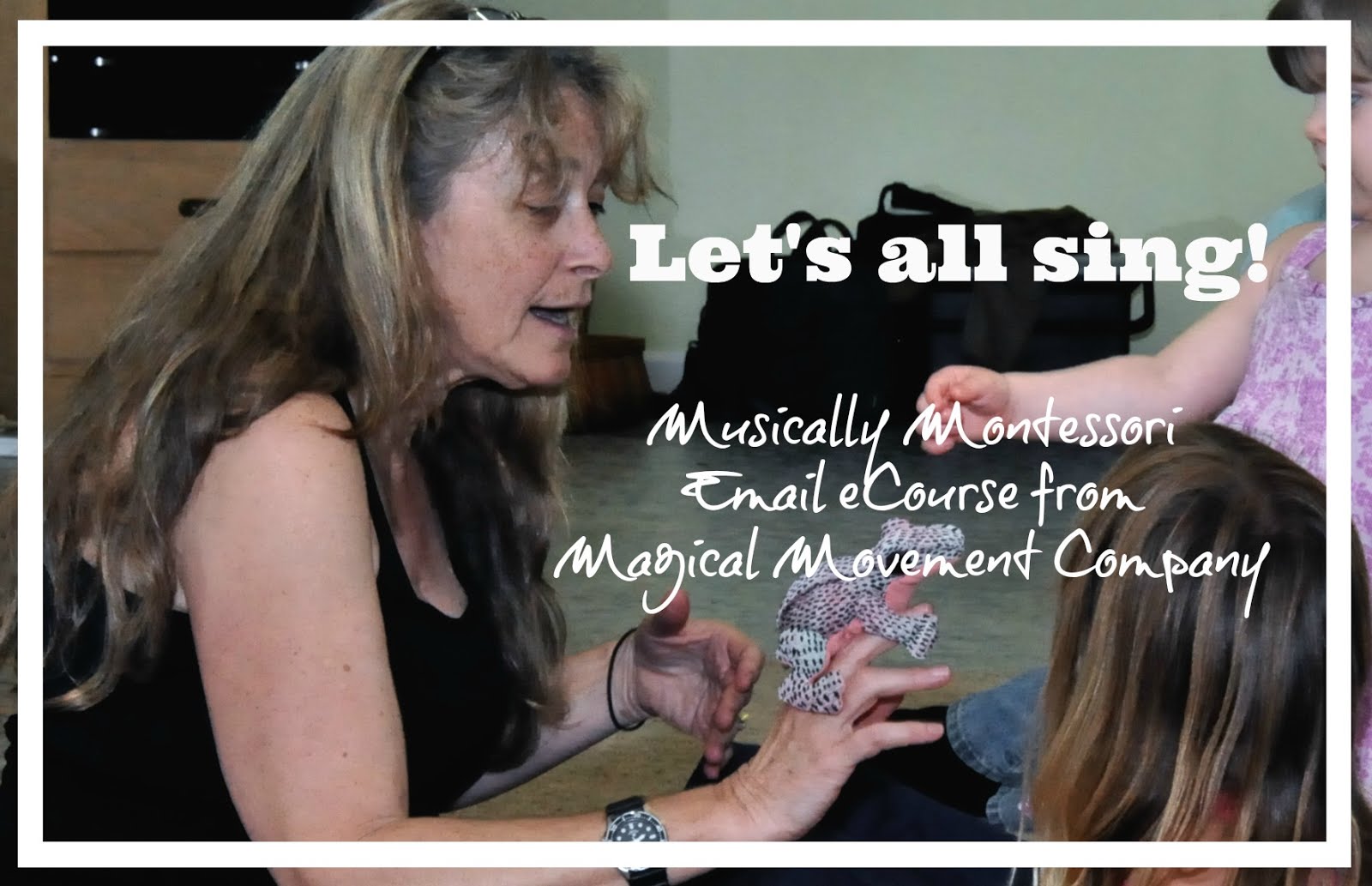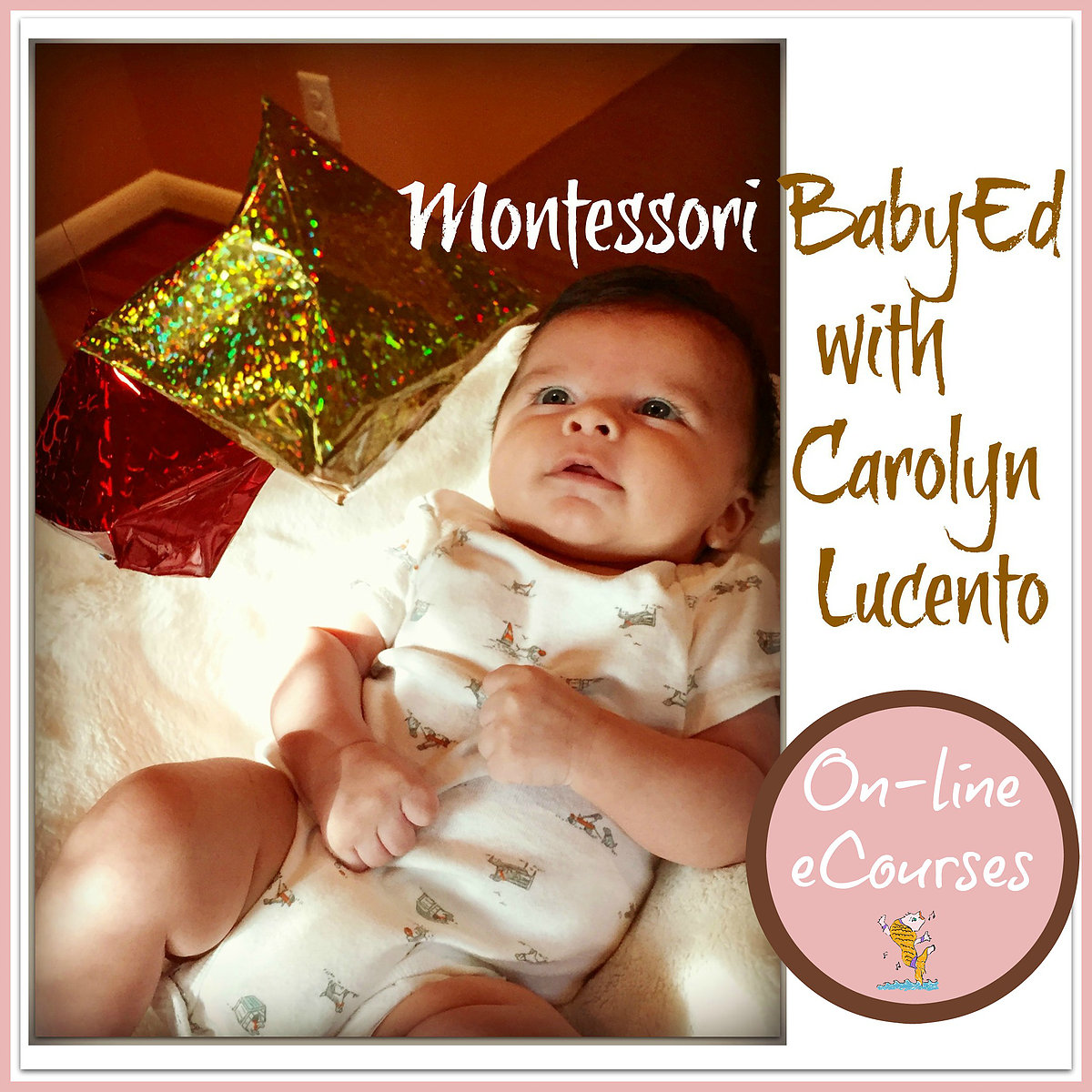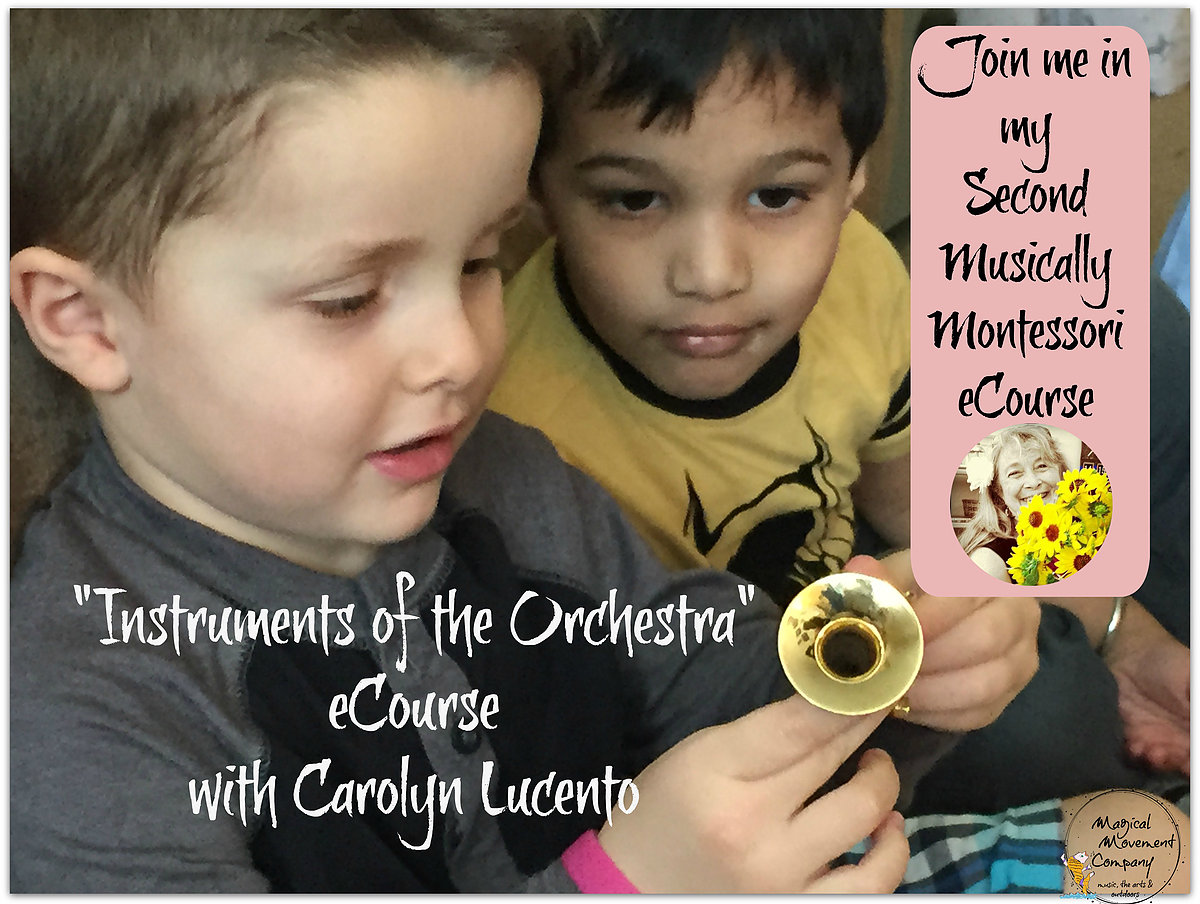Photo by the artists at Dollar Photo Club
***©Carolyn Lucento 2015. You are warmly welcome to use any of the ideas I have posted here, however, the content & photos are copyrighted and may not be reproduced without my permission.
This is the eleventh article in my series: "Musically Montessori, A Sequential Curriculum for Everyday Music." You can read the previous articles here. You can have these first 7 articles collected into my 162 PAGE eBook/ teacher manual as a FREE DOWNLOAD when you SUBSCRIBE to my site. Just click on the subscribe panel of this blog!
Our music time always begins with a Hello song, and when the Chinese Ribbon Dance Lesson comes along, I like to change the English "Hello" to the Chinese words pronounced: "Ni Hao!"
Photo from Dictionary HanTrainerPro
Before, we have our dance lesson with red ribbon wands, I like to introduce rainbow ribbons to the children. Using these rainbow ribbon wands is one of the children's all-time favorite activities from the Montessori music room. They ask for them over and over!
LESSON TITLE: “Rainbow Ribbon Activity!”
Rainbow Ribbon Wand available at Amazon
FEATURED SKILLS TO DEVELOP:
- Concentration
- Body Coordination
- Large Muscle Development
- Small Muscle Development of the Hand
MATERIALS NEEDED:
- Open space for group time
- CD selection: “I Can Hear the Rain” from Kindermusik
- Rainbow ribbon wands suitable for young children OR colorful scarves OR scarves attached to short rhythm sticks
1. PREPARE: This activity is more meaningful to the children during rainy times of year. Make sure there are enough ribbon wands so that each child will be able to have one. (ex: For a group of 24 children & 2 teachers, you will need 26 ribbon wands)
2. EXPLANATION: The idea is that children will move their ribbon wands to match the motions of rain and the motions of the wind according to the words in the song, “I Can Hear the Rain.” (click the link to listen or download the mp3) The pitter patter of the rain will be an up and down motion with the ribbon wands. The whoooo of the wind will be a swishing back and forth motion of the ribbon wands.
3. MODEL: I like to introduce the ribbon wands to the children by standing up and holding my wand in front of my body. The ribbon will flow downward in a graceful motion. Then I point out to the children that the handle (the stick part of the wand) is a bit long and so they will carefully watch their sticks and move them in front of their bodies so as not to poke their neighbor accidentally. I also remind them not to poke themselves with the stick/handle!
4. SAY: “We’re going to hear a song about the rain and the wind. We’ll move our ribbons to the song. During the pitter patter of the rain, we’ll move our stick handles up & down, and during the whoooo of the wind we’ll swish our ribbons from side to side like the wind blowing.”
5. SHOW: I hold my ribbon wand in front of my body and move it up and down. Then I change to swishing from side to side, while continuing to keep the ribbon wand to the front of my body.
6. INVITE: Give each child a ribbon wand and turn on the cd selection. Move your ribbon wand according to the words in the song so that the children see your motions and can copy them. During the stormy part, you can add stomping your feet to the swishing motion.
7. SHELF WORK: On the Music & Movement Shelf, I set up a basket with a scarf (this is safer than an actual ribbon wand) and 2 photos. One photo is a scene with rain, and the other photo is a scene of the wind blowing. The child takes one of the pictures and moves the scarf appropriately. If it is the photo of rain, then the motion is up and down. If it is the photo of the wind, then the motion is swishing side to side. The child may like to sing the song to go along with his/her movements with the scarf.
Photo by Carolyn at Magical Movement Company
EXTENSIONS & EMBELLISHMENTS:
~ If you don’t have rainbow ribbon wands for the group activity, you can offer the children scarves instead. I prefer to tie the scarves to short rhythm sticks so that the children have the experience of a “wand” rather than a scarf. But, a scarf works fine all on its own.
~ You can place a card with the words of the song in the basket for the children to “read” while they sing and move the scarf .
~ You can write the word “rain” on one card and the word “wind” on the other card instead of, or in addition to, the photos.
Photo by Carolyn at Magical Movement Company
LESSON TITLE: “The Chinese Ribbon Dance!”
Photo by Carolyn at Magical Movement Company
FEATURED SKILLS TO DEVELOP:
- Concentration
- Body Coordination
- Large Muscle Development
- Small Muscle Development of the Hand
MATERIALS NEEDED:
- Open space for group time
- CD selection: “Boys & Flowers/Raise the Red Lantern” available at Amazon digital music
- 4-12 Red ribbon wands suitable for young children OR red silky ribbons attached to short rhythm sticks (each "dancer" will hold 2 ribbon wands, one in each hand)
- Bells or rhythm sticks for each child (ex: For a group of 24 children and 2 teachers, you would need 26 sets of bells or sets of rhythms sticks)
These smaller ribbon wands pictured below came from Lakeshore Learning Materials a few years ago and I think they have been discontinued. (Too bad, I really like these for young children). You can purchase a similar product at Amazon (click here)
I also found a similar product at Oriental Trader that comes in packs of 6 colors for a great price. Here's that link: Ribbon Wands at Oriental Trader.
I also found a similar product at Oriental Trader that comes in packs of 6 colors for a great price. Here's that link: Ribbon Wands at Oriental Trader.
Photo by Carolyn at Magical Movement Company
PROCEDURE:
This next video is a wonderful glimpse at how to make some of the traditional movements of the Chinese Ribbon Dance.
I am so happy to have you here visiting my blog and I really hope you get to try some of these activities with your own group to celebrate the beautiful culture of China.
I've been hard at work completing my newest Lesson Plan Activity Pack, Musically Montessori: Chinese Ribbon Dancing for Young Children. It's IN MY TPT Store and it's 20% off until Feb 12th .
If you haven't subscribed for my updates, you can sign up here at my blog by clicking on the sidebar where it says:

1. PREPARE: This activity is best offered after the children have had experience with rainbow ribbon dancing. (see above lesson) Make sure there are enough bells or rhythm sticks for each child so that everyone can be occupied while the 2-6 children are in the middle of the circle dancing the Red Ribbon Dance.
2. EXPLANATION: The idea is that the group of children at circle will play bells (or rhythm sticks) while 2-6 children use ribbon wands to dance in the middle of the circle to lively Chinese music. Each group of dancers will dance for 1 minute, then return to their places at the circle. Then the next group of dancers will go to the middle of the circle and dance for 1 minute with ribbon wands. This process continues until all the children have had a turn to dance the ribbon dance in the middle of the circle.
3. MODEL: I like to tell the children about the ribbon dances at Chinese New Years. I explain to them that I learned the ways to move the ribbon wands from my Chinese Dance teacher, Lily Cai. Then, I take two red ribbon wands in my hands and walk to the middle of the circle. I model how to hold the wands by the wooden stick handle with the ribbons flowing downward.
4. SAY: “I’m going to show you how to make some dance motions with the ribbon wands. This is the way to make big circles with your arms. And, this is the way to make wave motions like at the beach. Here is the motion for a lightening bolt. Finally, I am making the motion for the figure 8…it’s like making the shape of the number 8 sideways.”
Photo by the artists at Dollar Photo Club
5. SHOW: I proceed to make big circle with my arms as I hold the ribbon wands. Next, I make curving motions while turning around that look like the motions of a wave. Next, I hold the ribbon wand pointing upwards, take a jump and wiggle the ribbon as I come back down to look like a bolt of lightening. Finally, I make the motion of an 8 sideways, like the symbol for infinity.
6. INVITE: Have all the children sitting down at circle. Give each child a set of bells or a set of rhythm sticks. Invite the children to play their instruments their favorite way (for about 1 minute). Then have the children stop playing. Choose 2 to 6 children to be the first ribbon dancers and ask them to leave their instruments, stand up and take 2 ribbon wands to the middle of the circle. Help position the dancers so that they have plenty of room to move and not bump each other. Say: “Dancers take your positions! Bell players get ready to play!” Turn on the Chinese music selection (see above) and enjoy the children’s dancing & playing to the Chinese music. After about 1 minute, tell the children to make their beautiful ending, take a bow, and then you can stop the music. Have the dancers return to their places and sit down. Then choose another group of children to go to the middle of the circle and dance the ribbon dance. Proceed until all the children have had turn to dance the ribbon dance.
7. SHELF WORK: On the Art Shelf, I set up a tray with the materials needed for a child to make their own red ribbon wands. They will need one large wooden craft stick, an 18 inch length of silky red ribbon, and scotch tape in a dispenser to attach the ribbon to the stick. Show the child how to lay the ribbon on the craft stick and then wrap a piece of tape around to secure it to the stick. Then the child can have their own set of ribbon wands for ribbon dancing. If the children are older, they may want to tie the ribbon to the craft stick instead of taping.
EXTENSIONS & EMBELLISHMENTS:
~ I like to keep a basket of Chinese style clothing out for the children to wear while they do their ribbon dancing during work time or free choice time.
~ Often the Chinese ribbon dance is performed to a strong drum beat and sticks, played in a Percussion Band. You can play a simple drum beat for children to dance the ribbon dance, instead of playing recorded music.
YOU CAN FIND MY FAVORITE MUSIC PRODUCTS, INCLUDING THE ONES PICTURED IN THIS POST IN MY AMAZON SHOP. JUST CLICK HERE: CAROLYN'S AMAZON SHOP.
Photo by the artists at Dollar Photo Club
I found some fabulous videos of Chinese ribbon dancing on Youtube. The first one is an actual performance done at a children's museum to celebrate Chinese New Years.
Youtube Video: NYCC at CMA for Chinese New Year 2013
Youtube Video: Silk Ribbon Dance Rehearsal
I've been hard at work completing my newest Lesson Plan Activity Pack, Musically Montessori: Chinese Ribbon Dancing for Young Children. It's IN MY TPT Store and it's 20% off until Feb 12th .
If you haven't subscribed for my updates, you can sign up here at my blog by clicking on the sidebar where it says:
SUBSCRIBE TO OUR MAILING LIST
The Chinese Ribbon Dance is perfect for bringing music to your Cultural Studies of Asia/China. I really like these materials from Trillium Montessori. Here's the link: Trillium Continents A-Z Affiliate

Please feel free to leave a comment below. I love reading about your experiences with your child/ren!
Advertising Disclosure: Magical Movement Company may be compensated in exchange for featured placement of certain sponsored products and services, or your clicking on links posted on this website. Thanks for your support!





























